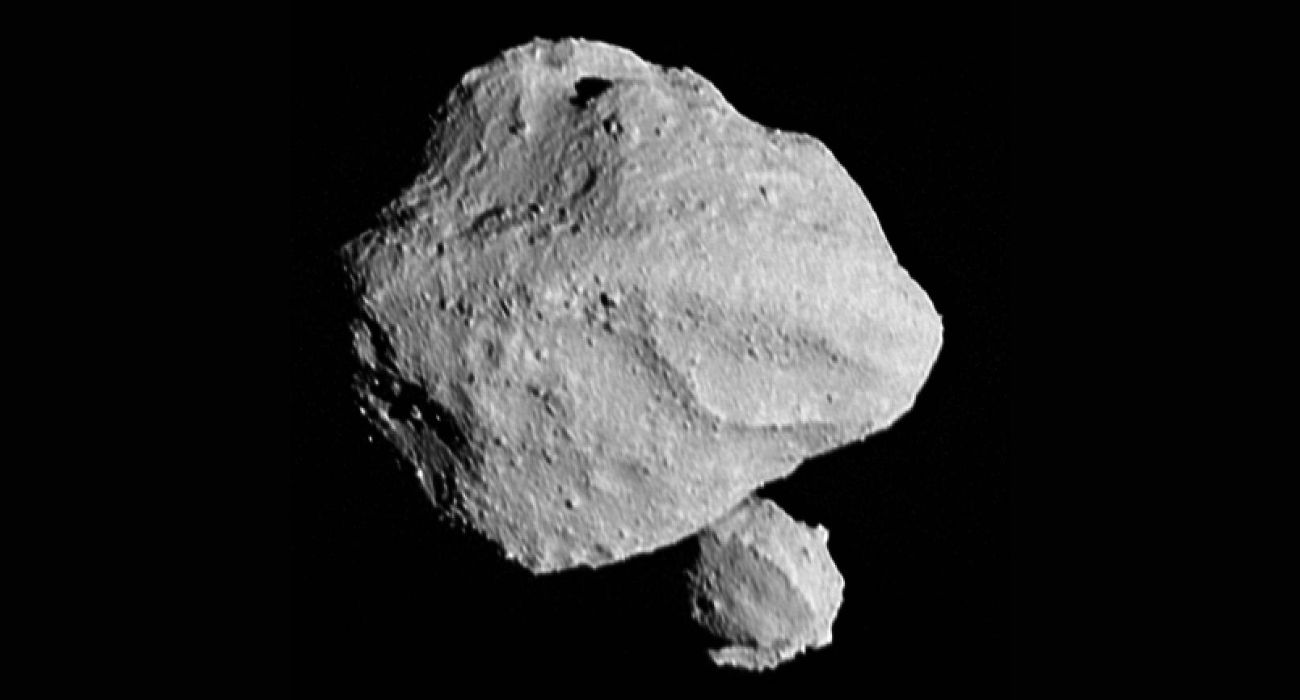NASA scientists have made another surprising discovery regarding a distant celestial body, finding not one but two asteroids.
The space agency’s Lucy spacecraft completed the first fly-by of its 12-year mission, capturing data on the Dinkinesh asteroid last Wednesday. The probe sent back detailed images of the asteroid that confirmed scientists’ suspicion that another smaller body was traveling alongside it, making it a binary system.
Lucy was launched on October 16, 2021, as the space agency’s first mission to explore a set of asteroids known as Jupiter’s Trojan asteroids. While this set of celestial bodies does not orbit the gas giant, they do follow Jupiter in its orbit around the Sun.
Lucy’s overall mission is aimed at furthering understanding the formation of the solar system and other planetary developments.
NASA announced that the craft arrived at its first destination, the half-mile-wide asteroid Dinkinesh, on November 1. It also revealed multiple images of a smaller 0.15-mile-wide asteroid in Dinkinesh’s orbit, a welcome surprise to the space agency.
“We knew this was going to be the smallest main belt asteroid ever seen up close,” said Keith Noll, Lucy project scientist, according to NASA. “The fact that it is two makes it even more exciting. In some ways, these asteroids look similar to the near-Earth asteroid binary Didymos and Dimorphos that DART saw, but there are some really interesting differences that we will be investigating.”
“Dinkinesh really did live up to its name; this is marvelous,” said Hal Levison, principal investigator for Lucy from the Boulder, Colorado, branch of the San-Antonio-based Southwest Research Institute, according to NASA.
The images from Lucy’s terminal tracking cameras show two distinct pieces of gray space rock that at some point got close enough to one another to have become gravitationally bound to one another.
“This is an awesome series of images. They indicate that the terminal tracking system worked as intended, even when the universe presented us with a more difficult target than we expected,” said Tom Kennedy, guidance and navigation engineer at Lockheed Martin, per NASA. “It’s one thing to simulate, test, and practice. It’s another thing entirely to see it actually happen.”
Scientists are excited to see what else the Lucy spacecraft discovers on its journey. The craft is expected to arrive at the Donaldjohanson asteroid in April 2025 and visit the Eurybates asteroid and its companion Queta in August 2027.






